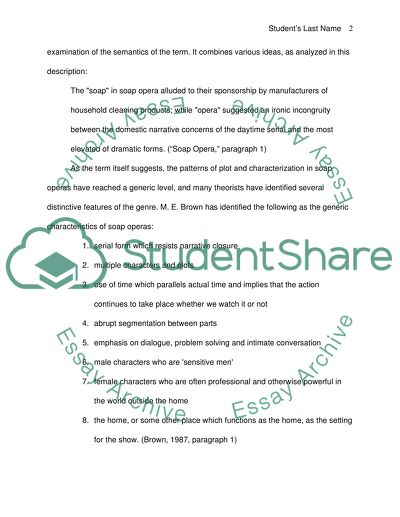Cite this document
(“Irish Soap Culture Essay Example | Topics and Well Written Essays - 3000 words”, n.d.)
Irish Soap Culture Essay Example | Topics and Well Written Essays - 3000 words. Retrieved from https://studentshare.org/miscellaneous/1519753-irish-soap-culture
Irish Soap Culture Essay Example | Topics and Well Written Essays - 3000 words. Retrieved from https://studentshare.org/miscellaneous/1519753-irish-soap-culture
(Irish Soap Culture Essay Example | Topics and Well Written Essays - 3000 Words)
Irish Soap Culture Essay Example | Topics and Well Written Essays - 3000 Words. https://studentshare.org/miscellaneous/1519753-irish-soap-culture.
Irish Soap Culture Essay Example | Topics and Well Written Essays - 3000 Words. https://studentshare.org/miscellaneous/1519753-irish-soap-culture.
“Irish Soap Culture Essay Example | Topics and Well Written Essays - 3000 Words”, n.d. https://studentshare.org/miscellaneous/1519753-irish-soap-culture.


